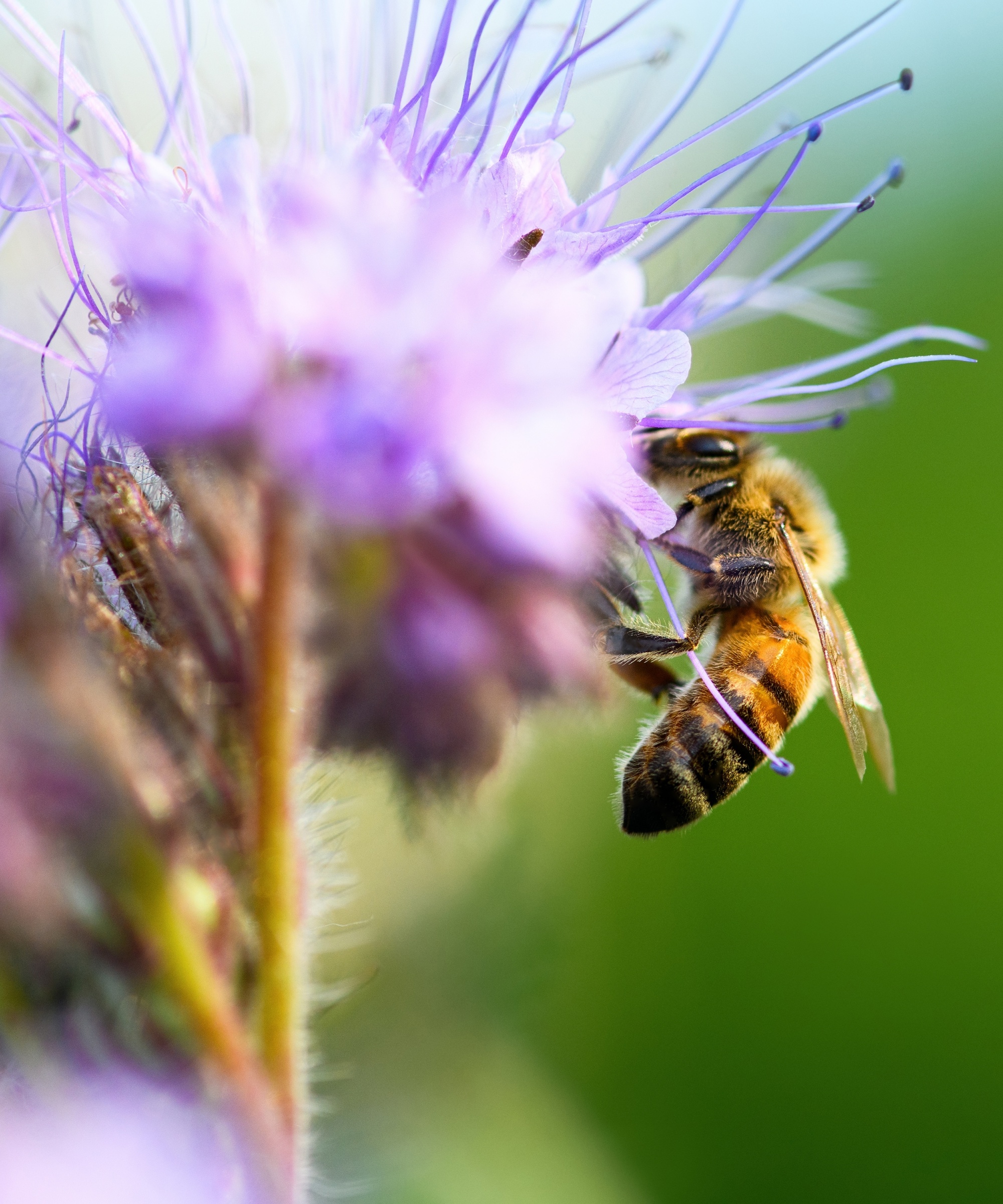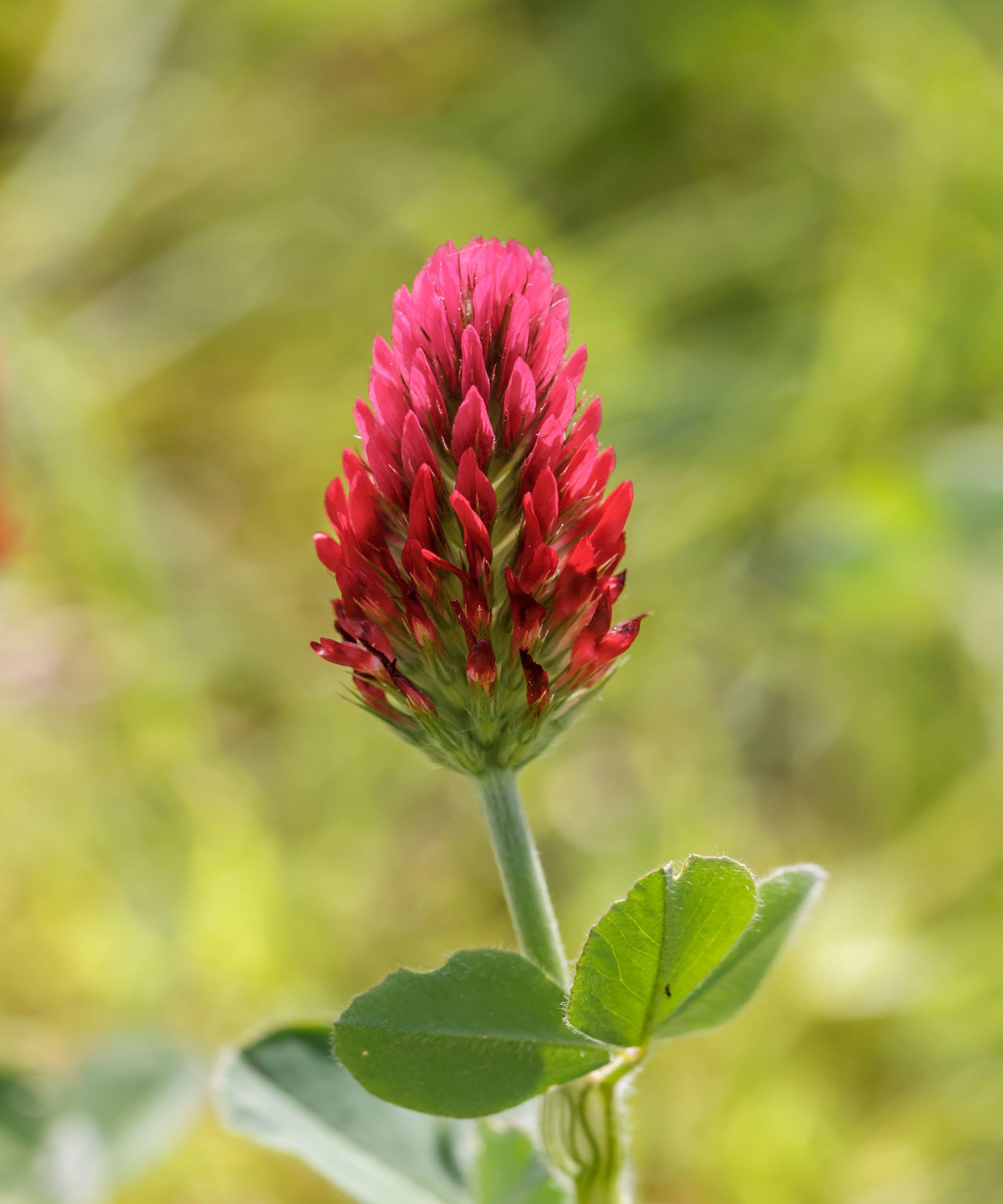Green manures: the easy, eco-friendly way to improve your soil
Our expert guide to green manures and their benefits


Green manures are one of the easiest ways of improving the soil in your yard after a busy growing season. They are effective whatever soil type you garden with, and are cheap to buy and quick to plant.
Best of all, they can be left to their own devices through winter, or in spring before you put your vegetable garden ideas into action, making them a low maintenance option for gardeners everywhere.
Green manures, also known as ‘cover crops’, are plants used to improve and maintain your soil by returning depleted nutrients.
When they mature they are dug into the soil, degrading and enriching it, while as they grow their roots bind soil structure, stopping it from being washed or blown away during the winter.
Varieties of green manures include legumes (members of the pea family) that return nitrogen to the soil, clovers, alfalfa, vetches and some grasses such as rye.
Green manures: how and why to add them to your soil
A simple and low maintenance way of giving your soil a nutrient boost, here we explain the huge benefits of green manures and how you can use them in your yard.

The roots of grasses, such as rye grass, help protect the structure of the soil
The benefits of green manure
As well as boosting the soil’s nutrient values as they degrade, green manures also provide an excellent sanctuary for beneficial insects such as pest-eating beetles through the harshest months, and can help deter pests too.
Design expertise in your inbox – from inspiring decorating ideas and beautiful celebrity homes to practical gardening advice and shopping round-ups.
Under the ground, their roots maintain the soil’s structure and prevent erosion by wind and rain.
Because they provide dense ground cover, they are also a popular form of organic weed control that blocks unwanted plants without the need for chemical alternatives.
Some varieties of green manure, such as clover, vetch and phacelia, produce attractive, nectar-rich flowers, making them excellent plants for pollinators such as bees, butterflies and hoverflies.

Some green manures such as Phacelia will help attract pollinators to your yard
How to use green manures
Green manures are easy to plant throughout your yard, including in raised beds, and their seeds can be sown at different times of year.
They are widely available to buy as no-till seed mixes, such as this one from Premium Seeds on Amazon.
The best time to plant is after rainfall when the soil is damp. Weed your patch well and lightly firm it down with the back of a rake before scattering the seeds and covering them with a thin layer of soil.
They are then left to grow for several months before being cut down and dug into the soil, ideally a few weeks before planting crops and flowers to give them time to break down and enrich the ground.
If you try to cultivate plants too soon after digging in green manures, the degrading plants may hamper their growth.

Green manures are cut back when they mature and are then incorporated into the soil where they rot down
When to plant green manures
Different cover crops can be planted at different times in the growing cycle.
In warmer US hardiness zones without freezing winters, you can sow your manures in the fall and leave them to grow before digging them into the soil in late winter or early spring.
Where winters are harder, it is better to sow fast-growing grass cover crops in spring after the last frosts. They grow so fast they can be incorporated into the soil in late spring or early summer before you plant late-summer crops.

Digging in green manures so they can rot down and improve the soil
Using peas and beans
If you have been growing any varieties of peas or beans in your vegetable patch, they are a ready source of goodness for your soil and can simply be cut down and dug in after harvesting.
Their roots develop nodules packed with nitrogen as they grow, which will be released into the soil as they break down through winter.

Pea and bean plants can be dug into the soil after harvesting and will act as a green manure
FAQs
What green manures grow fastest?
Mustard, which can also be grown as microgreens on a kitchen windowsill, and phacelia are speedy solutions and can be dug back into the soil six weeks after germination.
Can I grow green manures in between crops?
Green manures are a great way of filling bare soil and preventing weed growth. Low-growing trefoil can be sown between tall crops such as beans and sweetcorn to fill gaps, provide pollen for beneficial insects, and protect the soil.
Do green manures look ugly?
They can be very attractive, especially varieties that flower. Pink, white and scarlet clovers are beautiful plants that have the added benefit of providing pollen for bees.
White clover can be sown as a long-term ground cover close to fruit trees, where it will provide pollen for insects and cover for pest predators such as ground beetles.

Scarlet clover makes an attractive green manure
Don't worry if the tops of your green manures grow rampantly and are too thick to dig into the soil.
Simply cut it down and add the top bits of stems and leaves to your compost heap before digging in the roots and lower stems.

Ruth is a Contributing Editor for Homes & Gardens, and formerly Gardening Editor of Amateur Gardening magazine. She is horticulturally trained, with a qualification from the Royal Horticultural Society. Her work for Amateur Gardening, the world's oldest weekly gardening publication, involved matching gardening tasks with each season, covering everything from sowing and planting, to pruning, taking cuttings, dealing with pests and diseases and keeping houseplants healthy. She is an expert in ornamental plants and edible crops, and everything she writes about and photographs is in her own garden, that has been a work in progress since her family moved there in 2012.